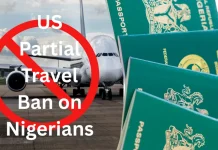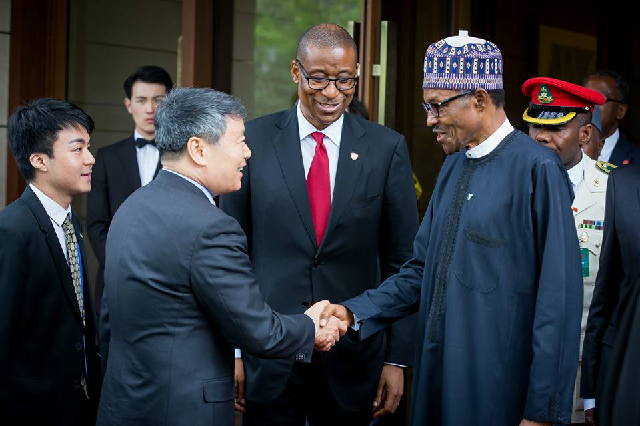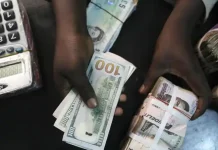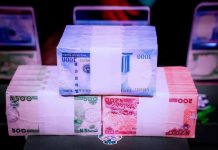The value of loans from Chinese lenders to energy and infrastructure projects in Africa almost trebled between 2016 and 2017, from USD 3bn to USD 8.8bn, with policy lenders China Development Bank and China Exim particularly active in helping bridge Africa’s infrastructure gap. The African countries seeing the most Chinese lending are Kenya and Nigeria, which alone have swallowed up almost 40% of the USD 19bn of lending to projects in sub-Saharan Africa since 2014. Kenyan projects have received around USD 4,8 bn from Chinese lenders since 2014 with Nigeria receiving around USD 5 bn.
The trends are revealed by new research from global law firm Baker McKenzie and IJGlobal, the leading trade publication for infrastructure projects. Data is drawn exclusively from fully financed projects and excludes recent announcements of government funding commitments.
Almost half of the total USD 19bn of Chinese outbound loans poured into infrastructure projects in sub-Saharan Africa since 2014 were made last year (2017). Notably, Chinese lenders accounted for more than 40% of all infrastructure finance in sub-Saharan Africa in 2017 and its policy banks made more the four fifths of the lending by Development Finance Institutions (DFIs) in the region.
Chinese commercial and policy bank lending for infrastructure projects in sub-Saharan Africa totalled USD 3.6bn in 2014, USD 3.4bn in 2015 and USD 3bn in 2016, before spiking almost 300% to USD 8.8bn in 2017, driven by a series of large power projects across Africa.
Kieran Whyte, Head of Energy, Mining and Infrastructure at Baker McKenzie in Johannesburg said the rising impact of Chinese policy lending in Africa is increasingly visible.
“Chinese president Xi Jinping’s recent tour of African countries ahead of the BRICS Summit is proof of the increasing interdependence of the maturing but still fast growing Chinese economy and developing economies in Africa,” says Whyte.
“This is much more sophisticated outbound lending than the cliché about China investing in African minerals and rail to get commodities to China to feed manufacturing – the data clearly shows Chinese lending predominantly shifting towards African power projects,” he says.
“All countries need power generation, transmission and distribution assets which are reliable and meet demand; without this, wider development is a distant dream,” said Jon Whiteaker, editor of IJGlobal. “It is little surprise then that the power sector has grown to be by far the biggest recipient of Chinese policy lending in Africa. The US government may have recently jump-started its Power Africa programme, but it has increasingly been Chinese lenders which African and Middle Eastern countries have turned to get power projects financed.”
A recent example of a large power deal in Nigeria where at least 50% of the finance was provided by Chinese lenders is the Mambila Hydropower Plant, valued at USD 5.8bn
Globally, infrastructure deals featuring significant Chinese financing have risen more than threefold since 2012, driven among other things by China’s Belt & Road Initiative (BRI), going from 31 deals in 2012 to 105 deals in 2017. The BRI is a world scale Chinese development strategy that combines the creation of a 21st Century Maritime Silk Road and a Silk Road Economic Belt.
Whyte explains that this shift towards power is because China is comfortable operating in the energy sector and is aware power acts as a catalyst for the growth of other sectors in Africa, providing foundations for long term economic development.
“It’s also true that in terms of infrastructure development, many of China’s construction companies are world leaders in the power sector and Chinese goods and equipment are used in the construction process, which further benefits China’s economy,” he says.
Whyte notes that for investors in Africa, “A big attraction of China’s Belt & Road Initiative for both African governments and project sponsors is that it assists the speed of project implementation. Project stakeholders advise that the whole process is a lot quicker than other options. Chinese policy lenders assist in providing liquidity and contribute to the speed of implementation of projects in Africa, which is necessary for Africa to participate in the roll-out of the fourth industrial revolution and the global energy transition,” he adds.














